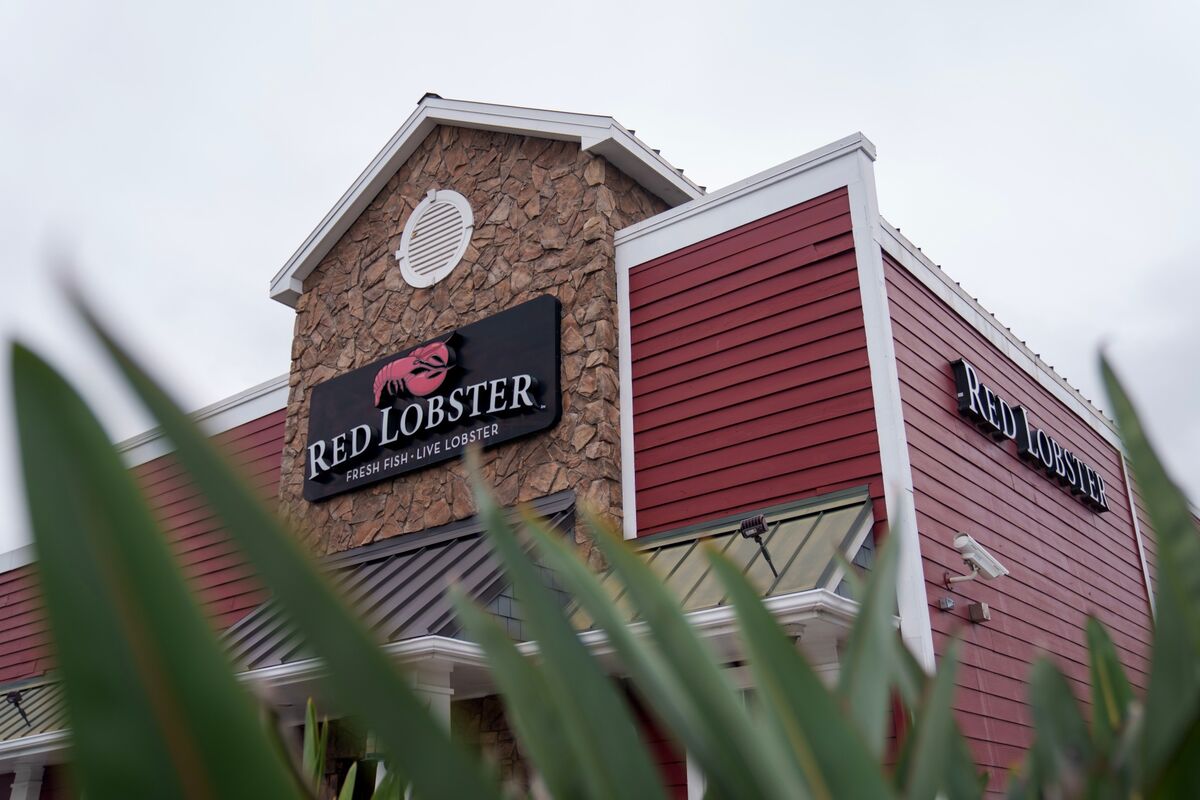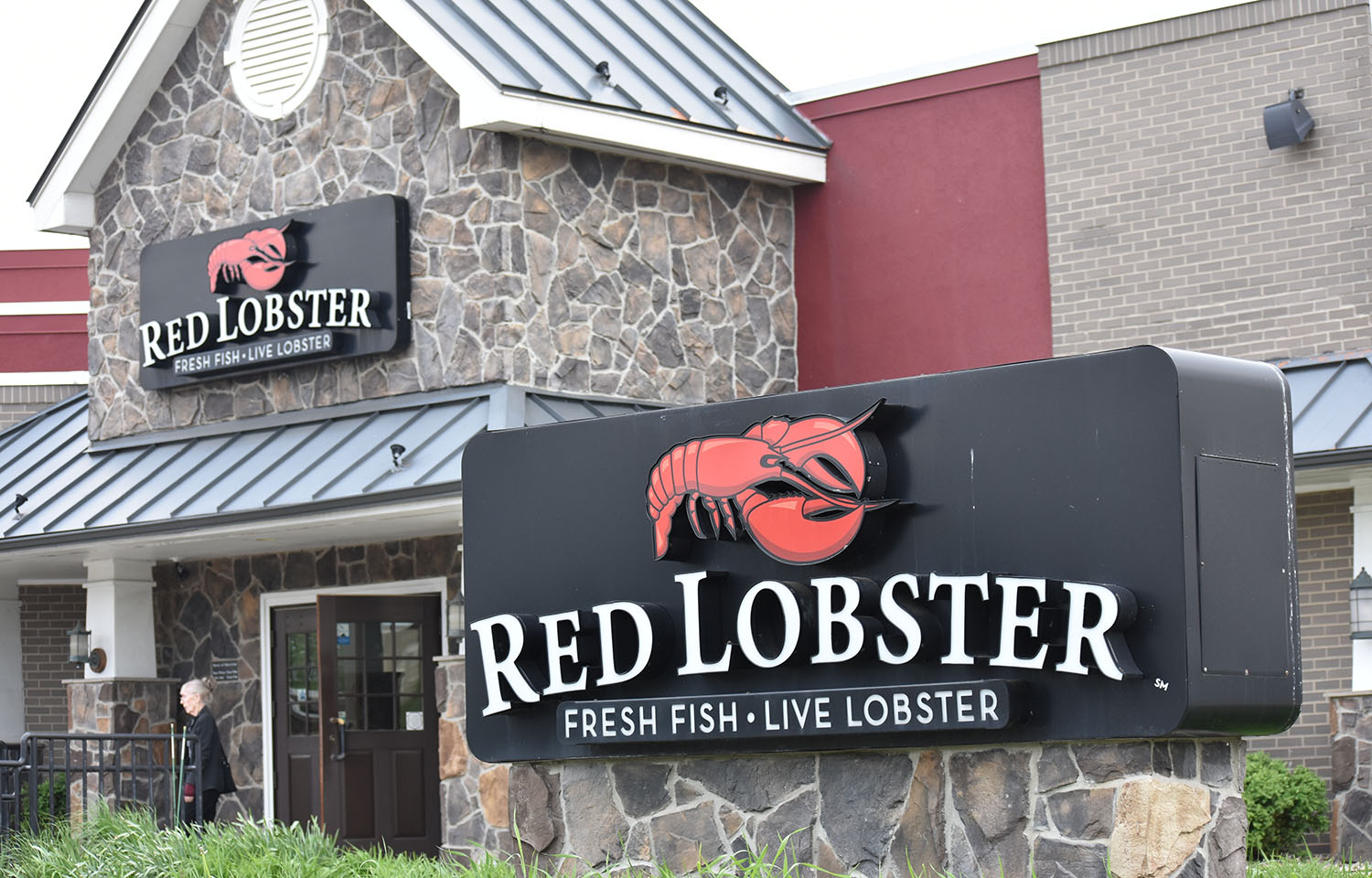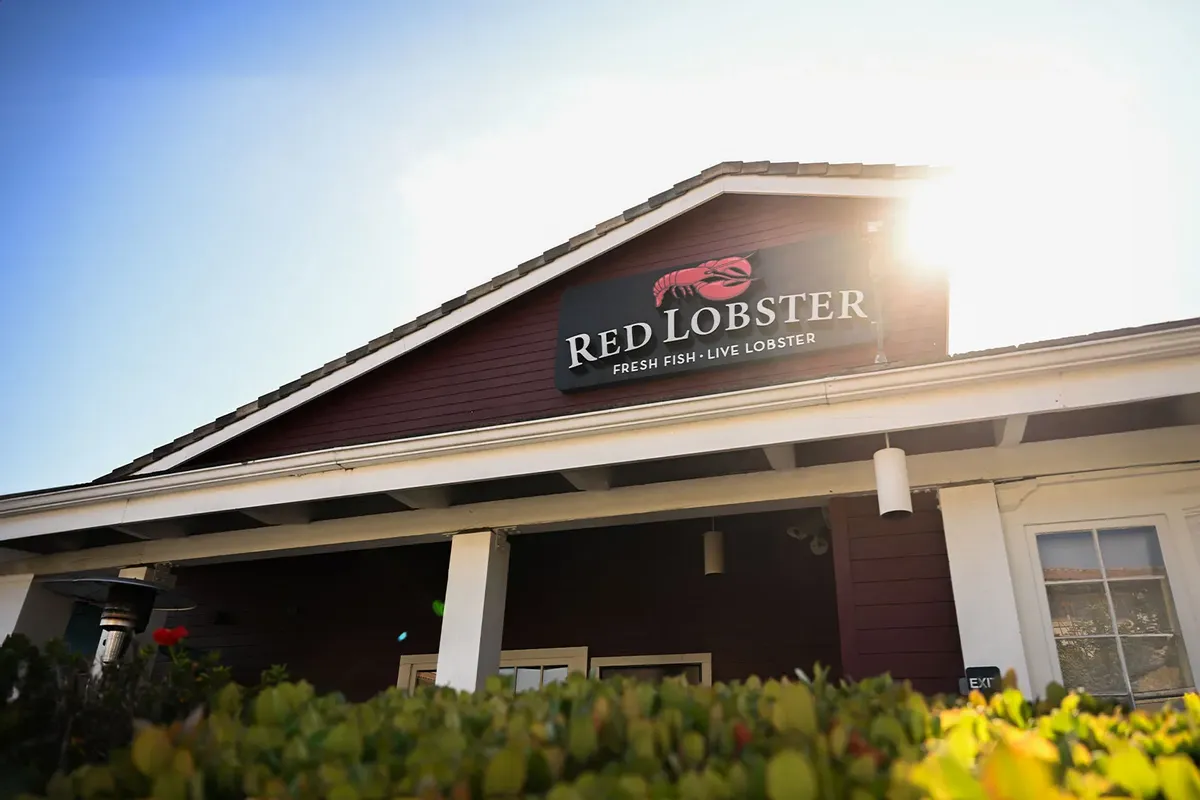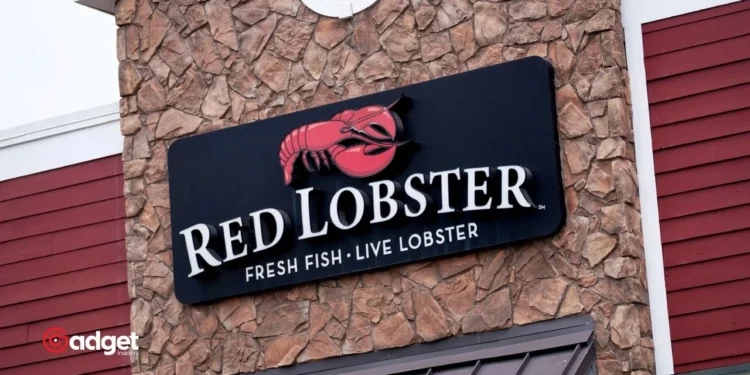In a bold move echoing the survival stories of Delta and Hertz, Red Lobster has declared Chapter 11 bankruptcy, aiming not just to stay afloat but to swim back stronger into the profitable seas of the dining industry. The renowned seafood chain recently closed 48 restaurants preemptively, a strategic decision made just before its filing, sparking discussions on the future of dining experiences post-pandemic.

A Strategic Response to Financial Challenges
Red Lobster’s proactive approach to its financial woes began with an all-you-can-eat shrimp promotion, which, while popular, turned out to be a double-edged sword. The promotion drew crowds, yes, but the diners feasted mainly on the shrimp, bypassing higher-margin items like drinks and desserts, which traditionally bolster restaurant profits.
Caught in a net of financial challenges, Red Lobster reported liabilities and assets ranging between $1 billion and $10 billion, with more than 100,000 creditors in tow. Such figures highlight the scale of impact and the critical need for a structured reformation to ensure the company’s survival and growth.
The Mechanics of Chapter 11 Bankruptcy
Under the protective bubble of Chapter 11, Red Lobster aims to reshuffle its deck. This legal manoeuvre isn’t just about staying the court’s hand against lawsuits from creditors; it’s a strategic pivot to enhance operational efficiencies and streamline its business model through significant location reductions and potential asset sales.
The company’s filing in the U.S. Bankruptcy Court for the Middle District of Florida included a ‘stalking horse purchase agreement’. This term might ring unfamiliar to casual ears but stands as a preliminary bid on the bankrupt company’s assets from an interested buyer, chosen by the company itself, setting the bar for any other bids that might come in the auction process.

A Reassuring Message to Patrons
Following the bankruptcy announcement, Red Lobster cast a wide net to reassure its patrons, reaching out via email to affirm that this move was not the end but a new beginning. The message was clear: bankruptcy is a restructuring tool, not a sign of imminent demise. “Bankruptcy is a word that is often misunderstood,” the email elaborated, aiming to clear the murky waters surrounding the term. “Filing for bankruptcy does not mean we are going out of business. It means just the opposite.”
The Community and Culinary Legacy
Red Lobster’s outreach emphasized the brand’s historical significance—from introducing many to their first lobster to serving up its famous Cheddar Bay Biscuits. The company’s call to its customer base was poignant and hopeful: “Join us. Dine with us. Root for us. Together, we can write a new chapter.”
As Red Lobster navigates through these turbulent waters, its strategy involves not just financial restructuring but also an appeal to its community’s loyalty and nostalgia. It’s a blend of acknowledging past challenges and focusing on future possibilities. This scenario isn’t unique to Red Lobster; the narrative of overcoming adversity through Chapter 11 has been scripted by many before, but it remains a testament to a brand’s resilience and the unfailing support of its patrons.
Red Lobster’s journey through bankruptcy could indeed set a precedent for how heritage brands can reinvent themselves in crisis, ensuring they emerge not just intact but stronger, ready to face the next tide.

Sailing Ahead: Red Lobster’s Future Plans
With $100 million secured in debtor-in-possession financing to maintain operations, Red Lobster’s sails are set towards calmer seas. The course ahead is undoubtedly challenging, but with strategic planning and community support, the brand aims to continue making memories with its patrons for generations to come.










